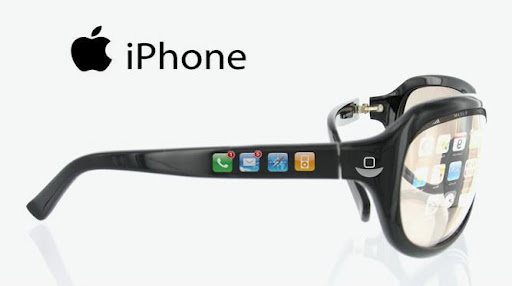When you think about the impressive advancements the world has made, you can’t help but think of the children. Depending on your age, you might recall waiting for your mom to get off the phone before you could use the internet or the first time you saw a smartphone. In any case, information and technology are still advancing at an astounding rate. Children will have access to this at their fingertips, and virtual reality (VR) technology introduces us to a world that could not be considered before now.
The Classroom of 10 Years Ago
Ten years doesn’t seem like a lot of time in the grand scheme of education. But, schools have seen some impressive strides as teachers have discovered how to implement technology into their day-to-day routines. Let’s take the introduction of mobile devices as a start. Today, a student can take a phone with them and utilize the world wide web to look up any piece of information they want. Technology is also helping kids learn how to read. In addition, remote learning is a powerful tool which is introducing the idea of learning wherever you are at from a teacher.
Addressing Concerns
As the environment changes, it is only natural to have concerns over something that is not familiar. According to Teach Thought, there is some speculation and debate as to the disappearance of letter grades, tests and traditional schedules. As the needs of our society changes, so will the classroom. Even today, we see that our educational system does not always meet societal demands.
Technology Is Teaching Real Skills
There is a website or application for literally anything you can think of. Those who have access to this powerful system are able to teach themselves anything. However, there are people who would tell you that you shouldn’t fix something that isn’t broken. They’d say educators should stick with the old system, using things like standardized tests and traditional classrooms and textbook methods. But, your ability to take in information and split it out onto another piece of paper is not a real skill. Particularly in the digital age, students need to be equipped with important technological skills that will allow them to thrive in the workforce, according to Instructure.
Blended Education
Having a blended classroom is more common than ever. It is virtually impossible to walk into a college campus and expect a 100% offline class. Many times, this can simply be limited to submitting your work online, but it also goes beyond that with online educational platforms that allow the student to access their schedule and announcements at any time. Even in the earlier grades, we are seeing that students are adopting this hybrid learning platform, which has a good deal of success when placed into practice, according to Education Next. But some students may not have the opportunity to even go to a classroom.
Remote Learning
This brings us to the next portion: remote learning. Remote learning is a concept that was on the radar around 10 years ago, but it was not placed into practice until just recently. Today, you can find a number of different pieces of dedicated education software that allow you to learn at your own pace. There are online schools you can use to teach yourself coding, online colleges that allow you to get a Doctorate, and ways in which teachers can teach new languages to students in other countries. The potential cost reduction of paper waste provides for exciting considerations as well. Like with most new platforms, it is always important to stay safe. With new technology comes new potential exposures to risk.
VR Learning
While remote learning is an exciting concept, it doesn’t quite capture the feeling that one gets when being there in a classroom. This brings us to a particularly exciting concept: VR Learning. For many parts of the world, this is still in the early stages. We can see that VR is here, and many video games, movies and interactive experiences use VR technology in a commercial environment. But the educational applications of this platform are astounding. According to Touchstone Research, there are many companies who are making the jump into VR education. Companies like Discovery, Google and Schell Games are a few such examples. These people are producing everything from making you feel like you are inside of a lecture hall to exploring the deep parts of space.
What Does the Future Hold?
There are those who would make you believe that we are on the verge of some dystopian world where nobody talks to others anymore. They’re also concerned that education is going to become a large collection of padded rooms and kids wearing VR helmets playing pretend catch. It is alright to be concerned about the future, and it will be important to express moderation to those in charge. But, the potential is impressive. Ten years ago, we could not have imagined such a heavily mobile world that we have now. With information available at your fingertips, we have clearly stepped into the information age. This is particularly true for our children, who are moving into a world where they will be merged into having a tablet as a regular accessory in their classroom.
Maybe your classroom didn’t have this, so you find the idea to be scary. This is fine, new things are always frightening at first. But with the potential that comes with new technology, we have the opportunity to embrace learning in many different styles. It is exciting, terrifying and inspiring to witness, but this transformation is ours to control.















